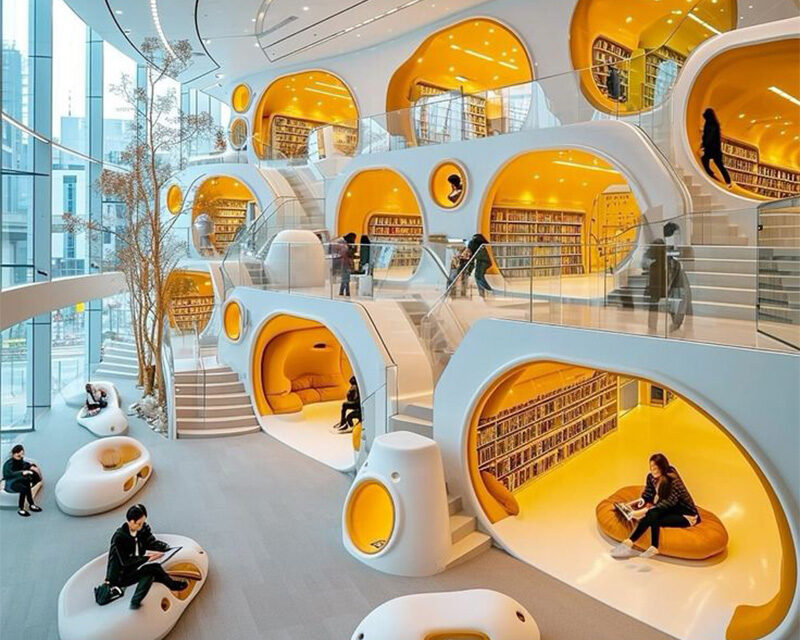Tomorrow’s cities are no longer collections of buildings, roads, and public spaces; they are dynamic ecosystems driven by technology, sustainability, and human-centered design. As urban populations continue to rise, the demand for smarter, more efficient, and more environmentally responsible cities is at an all-time high. This transformation is not just a vision—it’s happening now.
What makes a city smart?
A smart city integrates advanced technologies, data-driven decision-making, and sustainable practices to enhance urban living. These cities leverage artificial intelligence, the Internet of Things, and renewable energy to create responsive, efficient, and environmentally friendly environments. From smart transportation networks to energy-efficient buildings, smart cities are designed to improve quality of life while reducing environmental impact.
1. Smart Mobility: Improving Urban Transportation
A key aspect of smart cities is revolutionizing transportation. Traffic congestion, pollution, and inefficient public transportation are long-standing urban challenges. By integrating smart mobility solutions such as:
Autonomous vehicles that improve traffic flow
AI-powered traffic management systems that reduce congestion
Green public transport, including electric buses and smart rail networks
Cities create a seamless, low-emission, and user-friendly transport experience.
2. Sustainable urban development
Sustainability is at the heart of smart city development. Urban planners are now focusing on green architecture, efficient resource management, and reducing the environmental footprint of developments. Key elements include:
Zero-net energy buildings that generate as much energy as they consume
Water recycling systems that maximize resource efficiency
Green roofs and urban forests that improve air quality and combat climate change
3. IoT and AI-powered city management
Imagine a city where streetlights adjust their brightness based on pedestrian traffic, waste bins indicate when they need to be emptied, and air quality sensors help authorities take real-time action against pollution. This level of efficiency is made possible through:
IoT-based sensors to monitor and manage urban infrastructure
AI-powered analytics that predict and prevent problems before they arise
Real-time data sharing to improve public services
4. Citizen engagement and smart governance
A truly smart city empowers its residents through digital platforms, making governance more transparent and accessible. Mobile apps for reporting issues, AI-powered city assistants, and blockchain-based public records are just a few examples of how smart governance is bridging the gap between authorities and citizens.
The future of smart cities
As technological advances accelerate, the future of urban living will be more connected, efficient, and resilient. The next generation of smart cities will go beyond improving convenience—they will foster sustainability, inclusion, and economic growth.
At Conser, we are committed to designing urban solutions that redefine city landscapes for a smarter, greener, and more livable future. By integrating innovation with sustainability, we are shaping the cities of tomorrow—today.






